July 16-22, 2023
Full-on Summer!
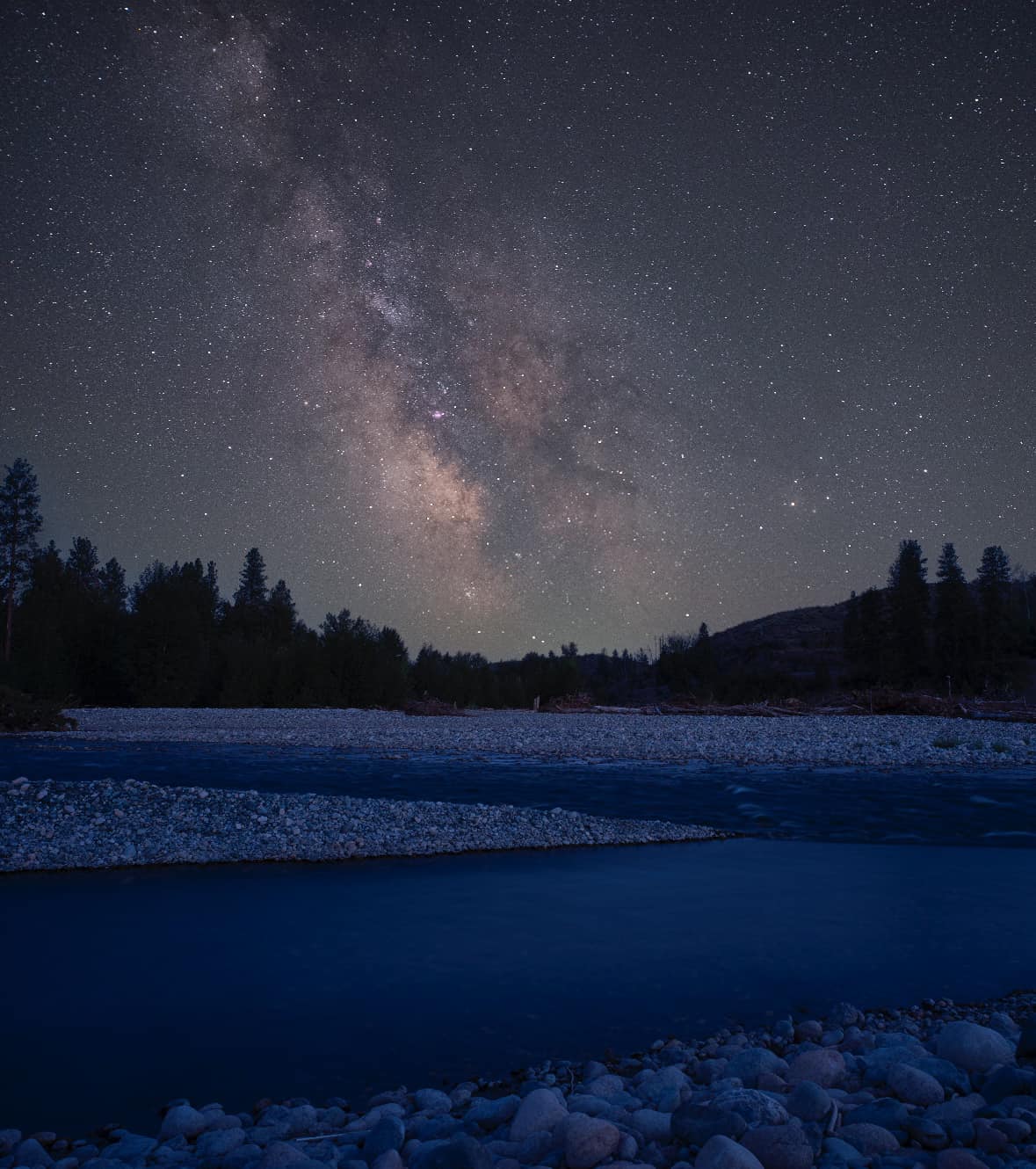
A long stretch of searing temperatures has finally ushered in the peak of summer, with dry leaves rattling in hot winds amid the crackling flights of grasshoppers.
Week in Review
When days become so hot that it's hard to walk in the sun, it feels like the number of nature observations goes way down as well. And even if folks are out walking around, there's not a lot of animal activity to observe right now either.
For example, the extent of my bird observations this week included spotting several dozen (ring-billed?) gulls hanging out at Twin Lakes, where they're enjoying the cool water. And then, when the sun goes down, I've been hearing a few common nighthawks come out to patrol the skies.
There seems to be a bit more insect activity, especially around lights at night when interesting moths and beetles show up.
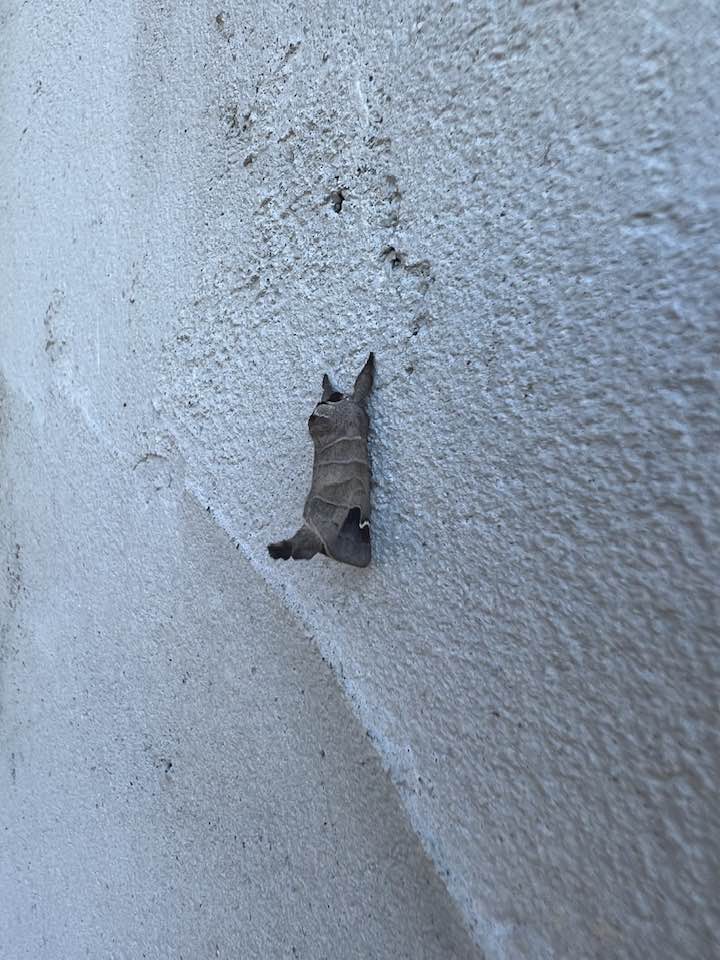
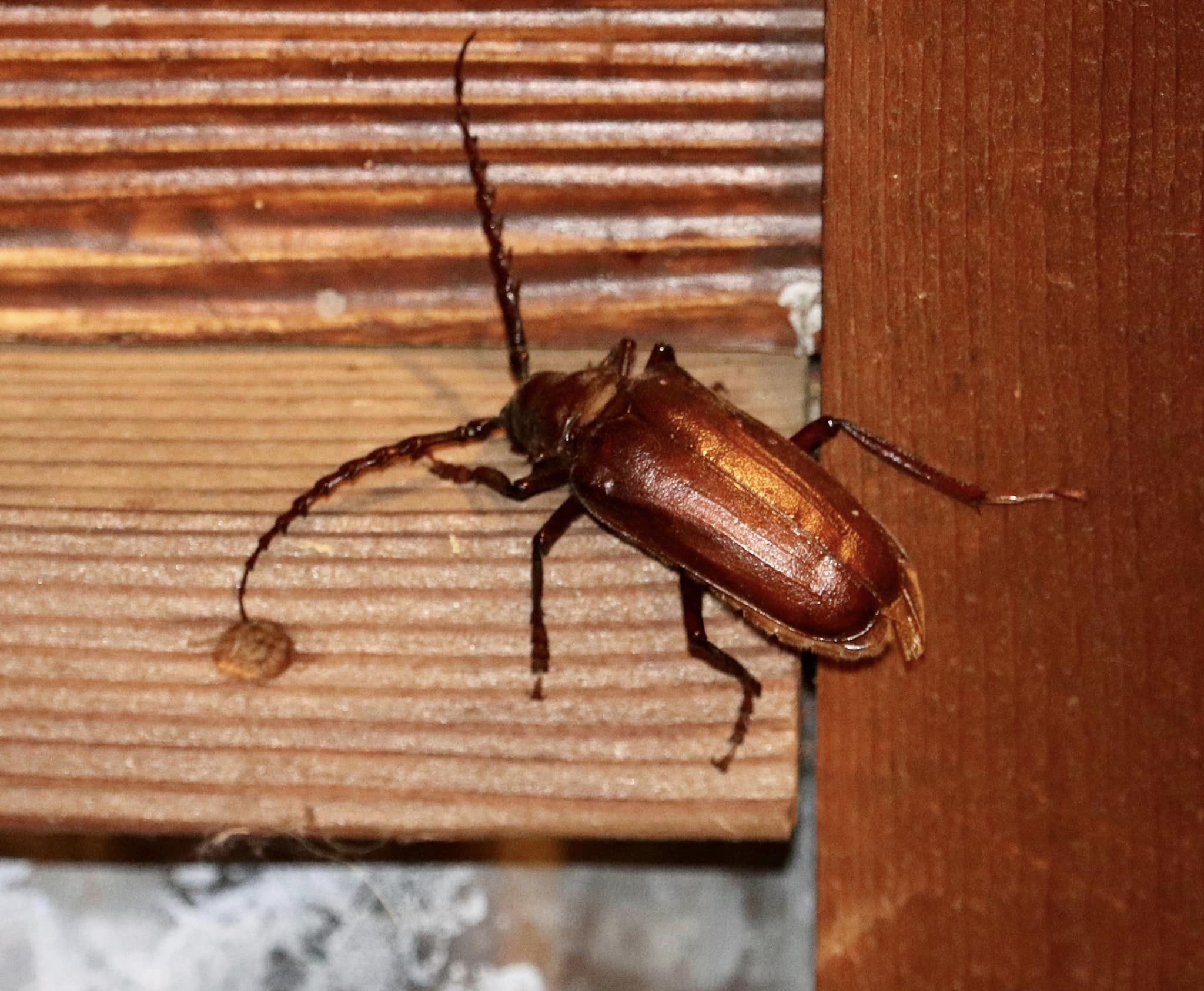
Another interesting critter that I spotted this week was a jumping bristletail. You might occasionally spot these odd insect relatives and not know what they are. However, their hunched backs and habit of "hopping" away are distinctive features. And don't worry, they only eat lichens and decaying vegetation.
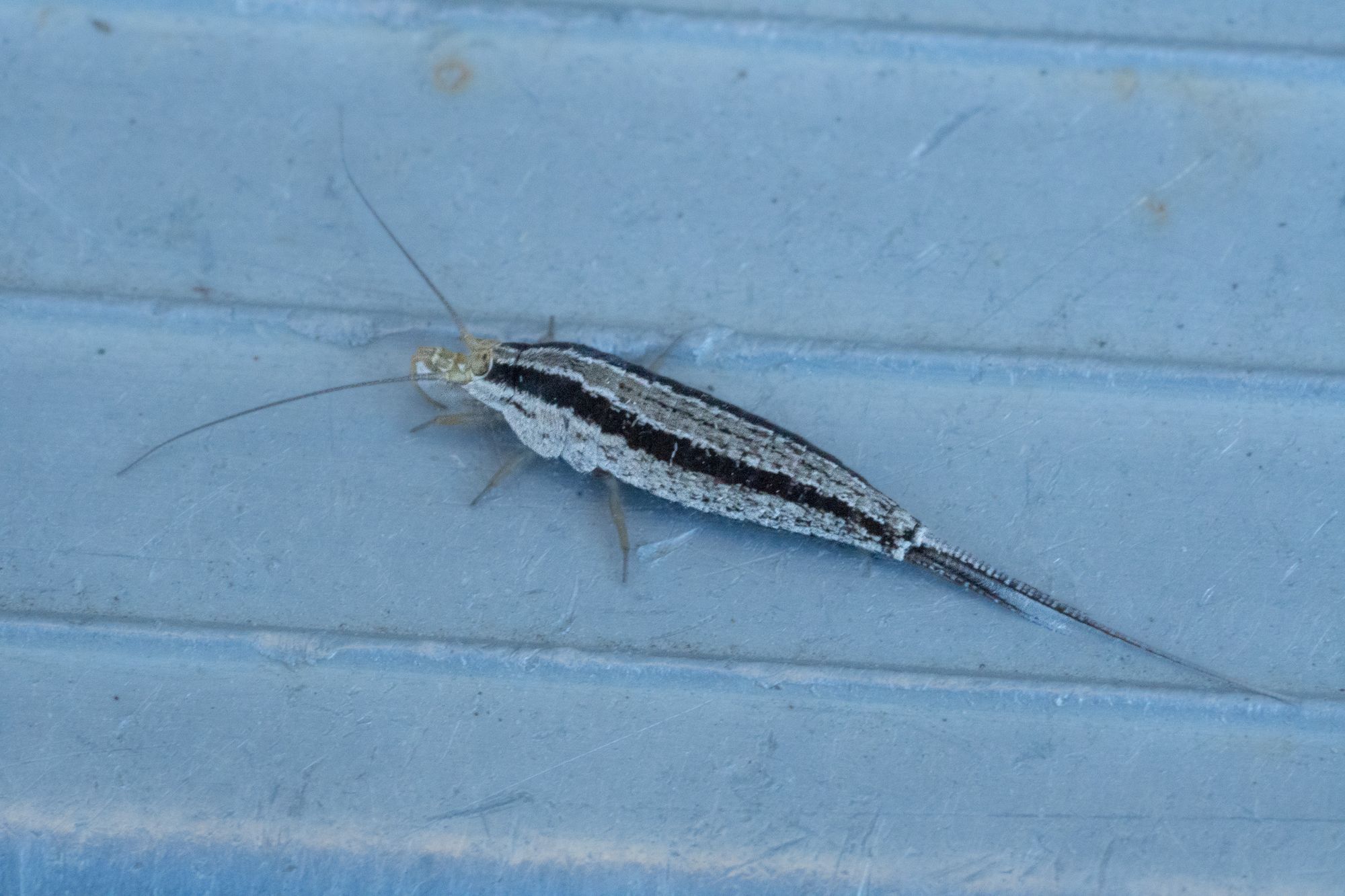
Despite (or because of!) the heat, this a lovely time to walk among shaded cottonwood forests along the river. Thickets of red-osier dogwood are heavy with white berries right now, and pink flowering Douglas spirea can be a conspicuous presence.
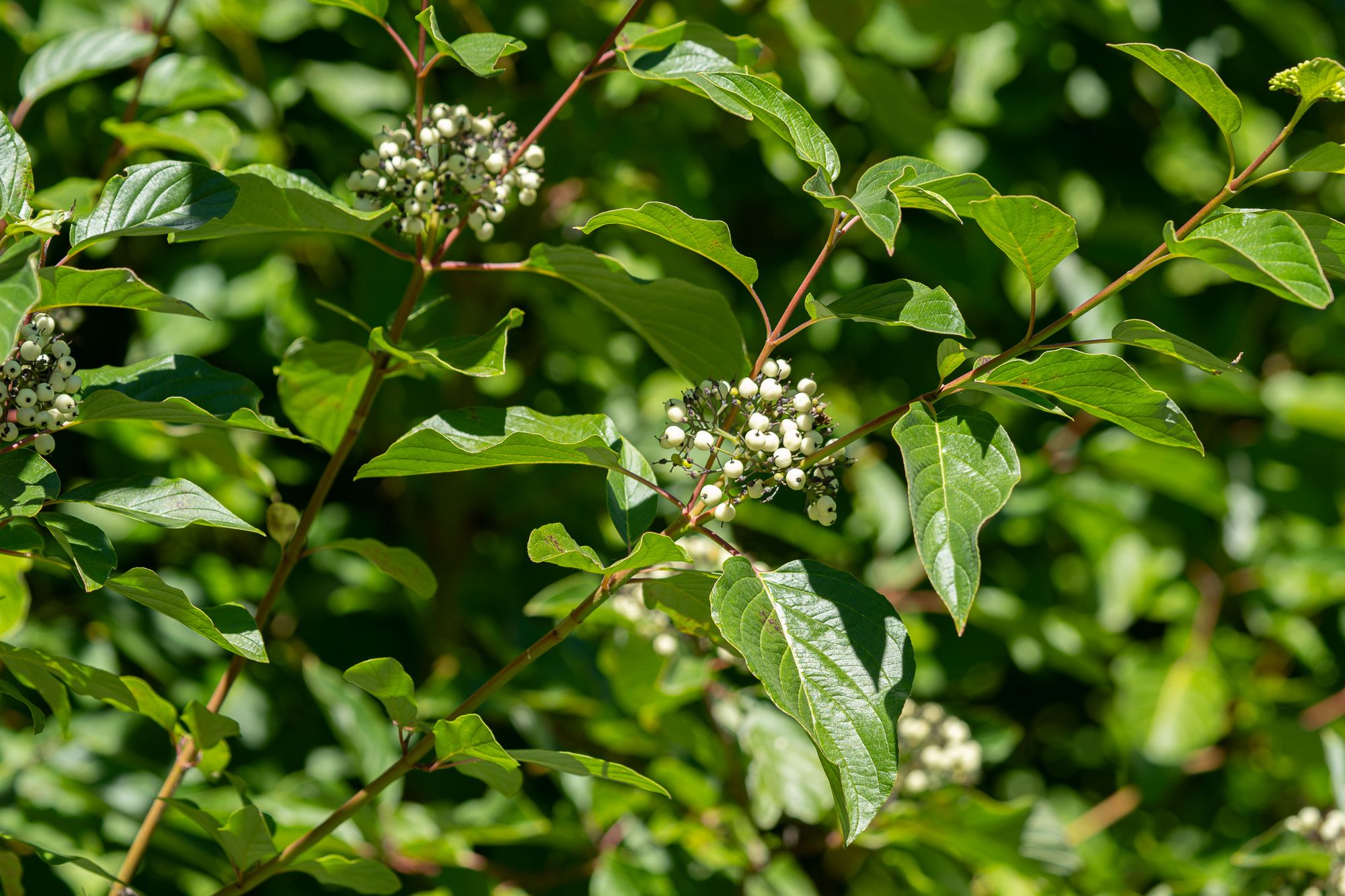
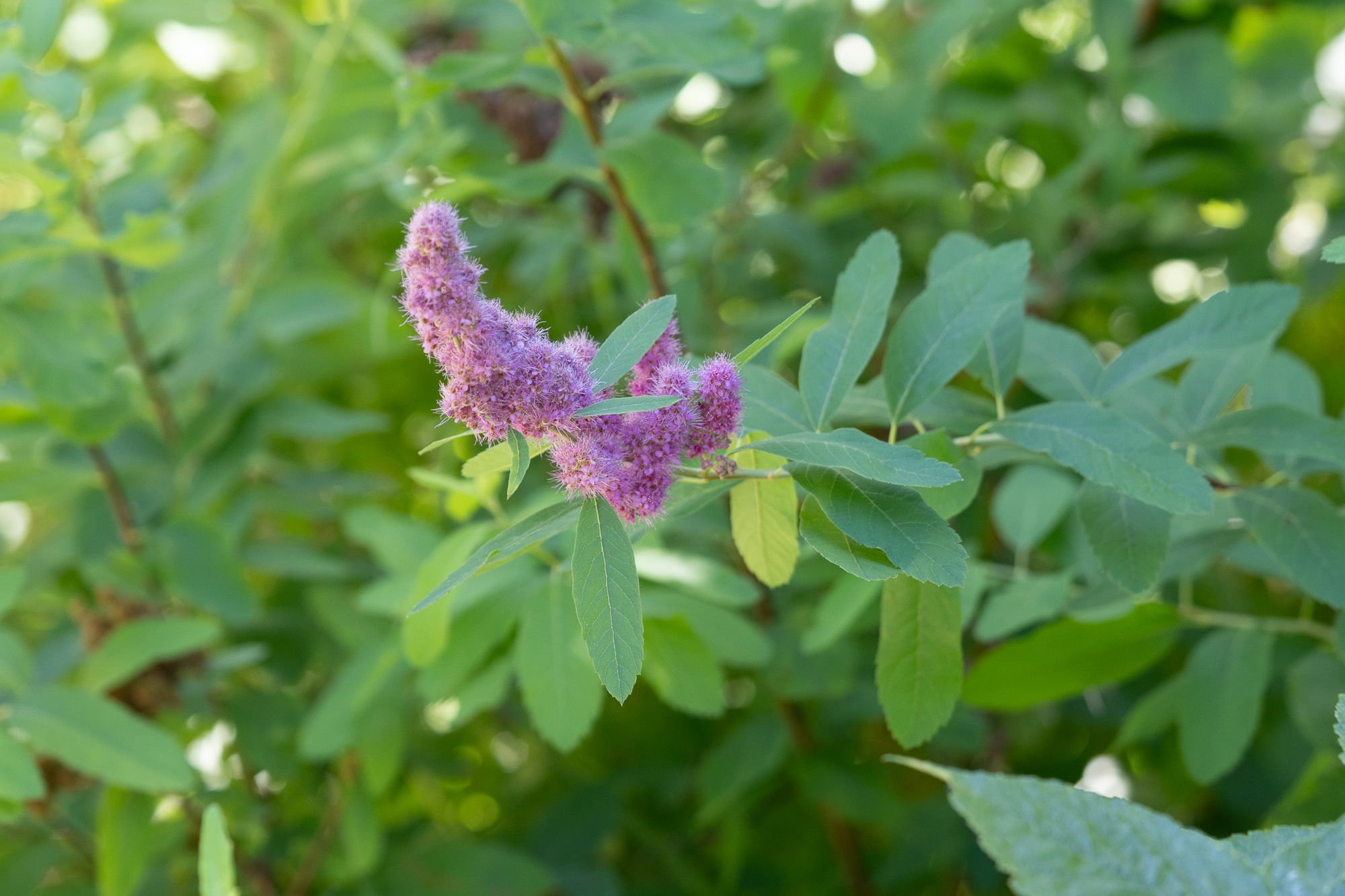
Observation of the Week: Baby Birds
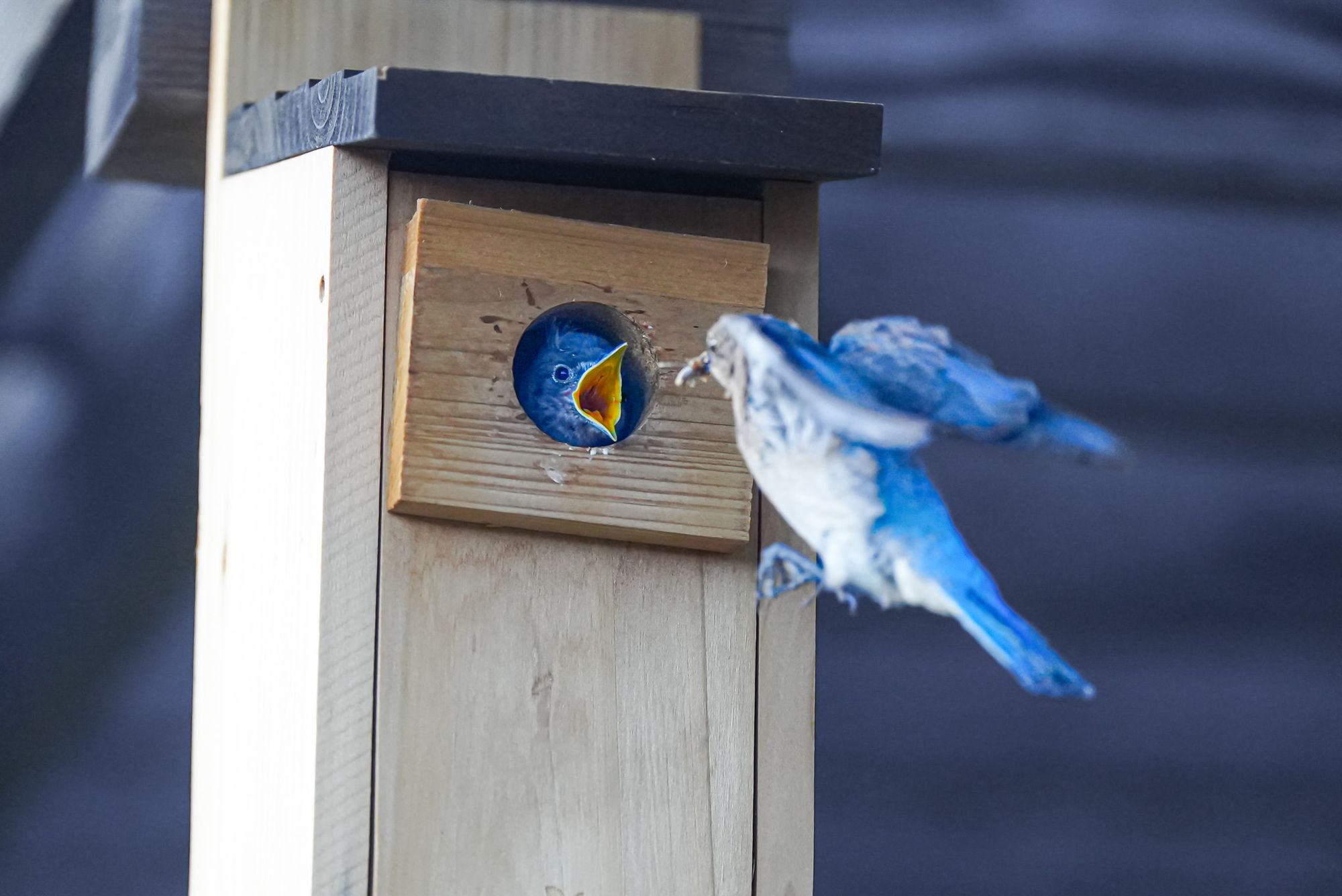
I wrote about baby birds in last week's newsletter, but in the meantime several more observations came to my attention that help clarify what is otherwise a confusing situation.
Figuring out what's going on with baby birds is problematic because adult birds can become very quiet and secretive while nesting in order to hide the presence of their babies.
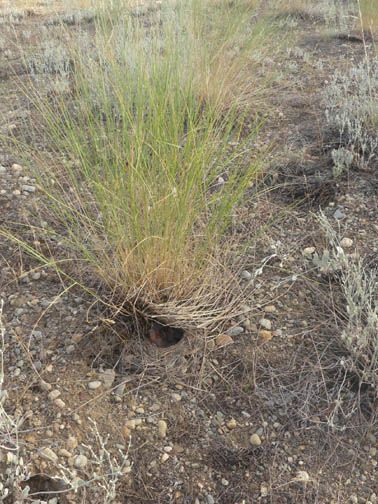
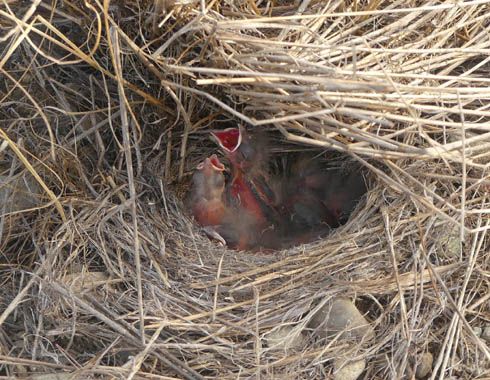
For this reason I found myself thinking that birds had finished nesting and had maybe even left the Valley because things had been so quiet. But over the course of several days I was proven wrong as people started reporting baby birds leaving the nest.
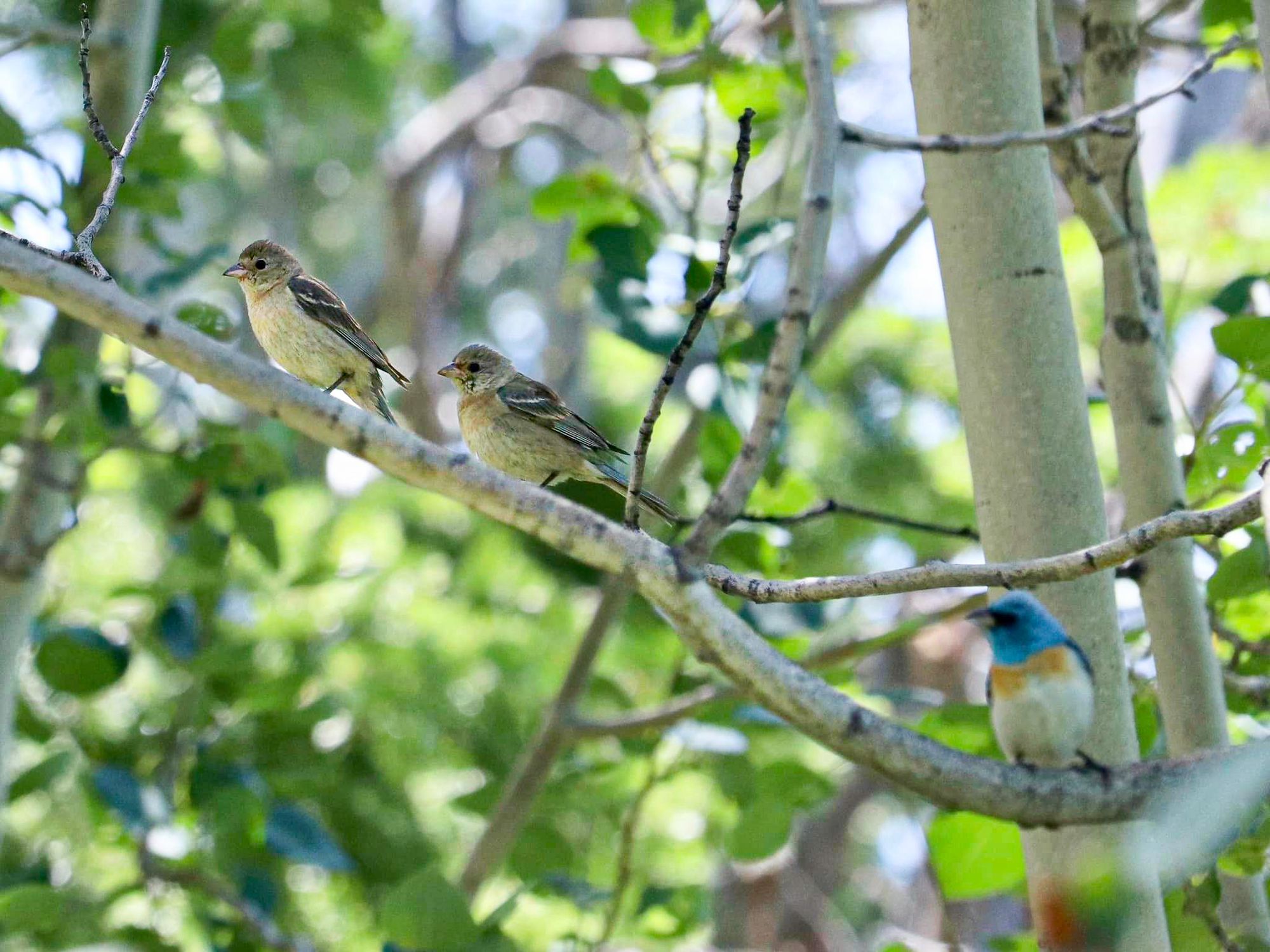
Although parents do everything possible to keep the location of their nest and babies a secret, this task becomes almost impossible after babies leave the nest and start following the parents noisily begging for food.
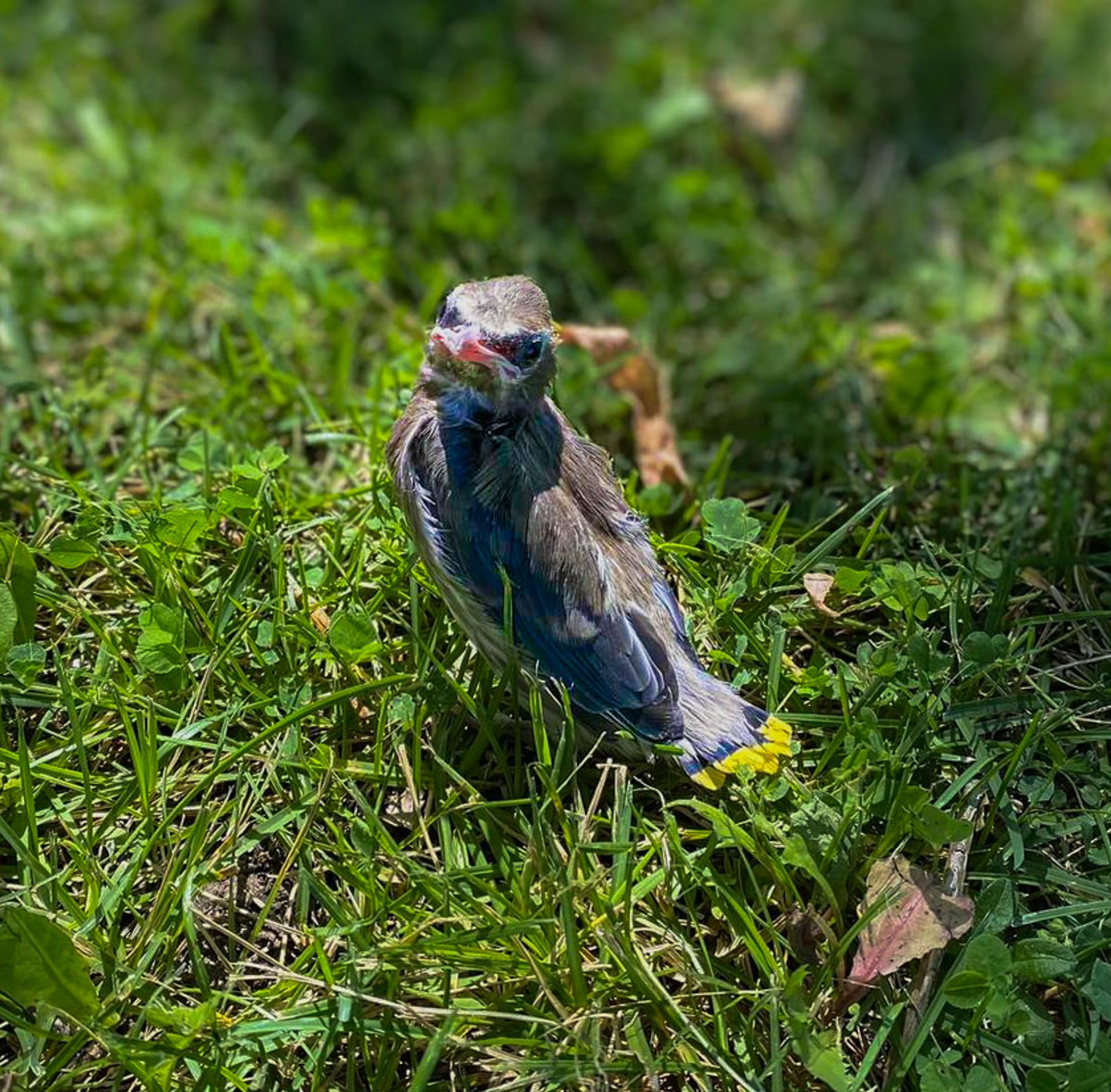
All of a sudden, it seems like baby birds are back on the radar, so this is a good time to keep your eyes and ears open. Just keep in mind that if you find a baby bird on the ground it's almost certainly ok, and is being fed by its parents as it continues to practice flying, so it's best to leave it alone and let the parents do their job.

